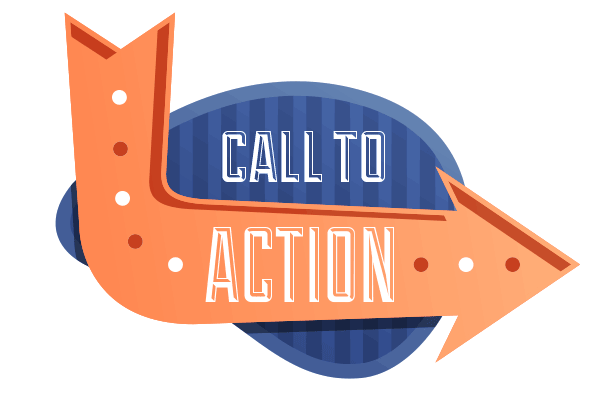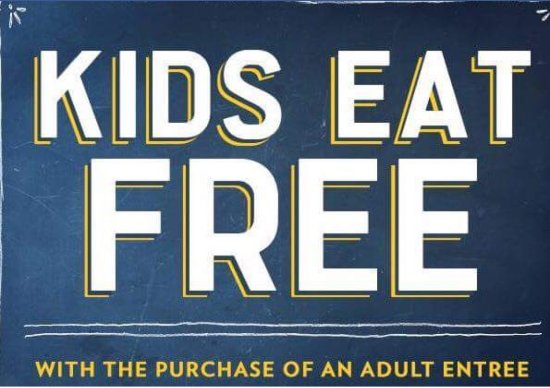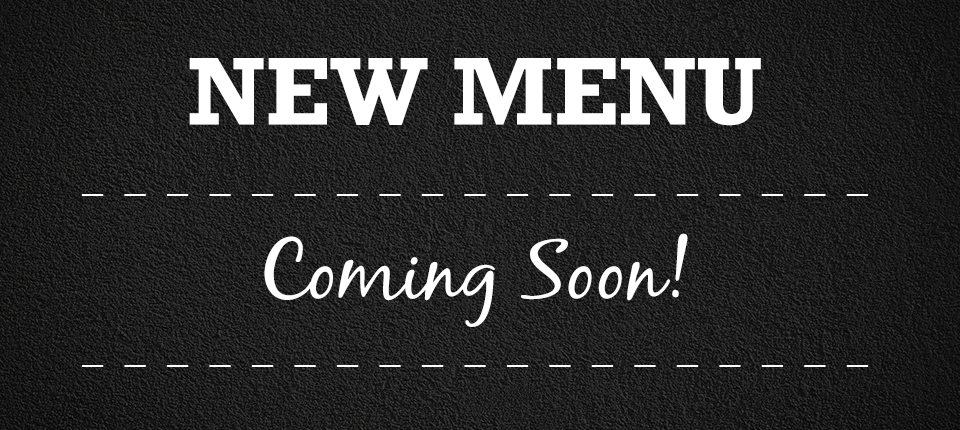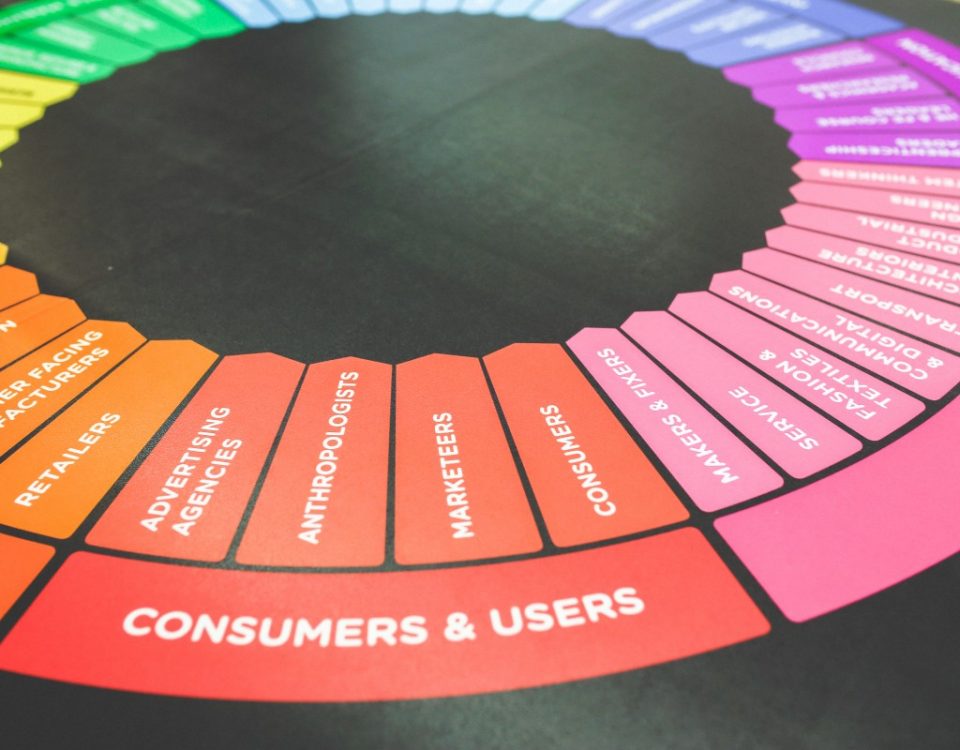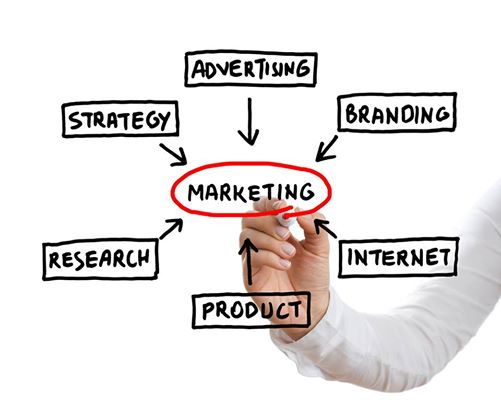We all know that for marketing to be effective, we need to have a good call to action. No matter what kind of ads we are generating, we need to get the point across quickly to our customers. Somehow we need to motivate them to take action and purchase our product.
There are several ways to make our calls to action more effective. They are all based on human psychology and how the human brain works. A great call to action will appeal to one or more of these triggers.
Avoiding Pain and the Desire for Pleasure
The primary motivation for every action we take every day is to avoid pain and the desire to seek pleasure. Even when we do things that seem painful, we do them because we see the pleasure that comes from that action outweighs the pain.
For instance, as a cyclist, I undertook a 54-mile race over gravel roads on a mountain bike and trained really hard for it. Why? Because ultimately the pleasure that comes with the challenge, hard work, and ultimate accomplishment of finishing the race far outweighed the pain along the way.
To use this effectively in your marketing, you need to understand what causes your prospects pain and pleasure. In other words, to understand what influences them, you must understand what is already influencing them.
This is the act of teaching them how to go from where they are now to where they want to be, and getting them as close to where they want to be before you ask them for money. How do you do this with a simple ad?
Let’s use a restaurant as an example. Tuesday nights may be a notoriously slow night. People are not as likely to go out as they are later in the week. It’s a school night, and they have to work the next day. To overcome this, you offer them a ‘kids eat free’ option that night.
You are addressing the pain point of taking the family out to dinner, mostly money. You are also offering the customer another way to avoid pain: not having to cook dinner. The pleasure you are offering them is a money savings: “kids eat free.” This offers them a value add that makes it harder for them to say no.
We also all have a “negativity bias” that drives us to do more to avoid pain than to experience pleasure. This means it is important to share with your customer the pain of not reaching where they want to go, or showing them a less complicated (read painful) way to do so than your competition. Your offer is simple, with no coupon or extra steps on the part of the customer required.
Something New
Our brains are wired to want something new and different. This is how car manufacturers and companies like Apple make money. Each year they offer new models or new devices, and people gravitate to what is new and unique.
Your customers are no different. They will gravitate to what is new, as that gives them more “pleasure.”
Using the example above, a simple ad could offer a new menu or even just “new menu items.” A simple motivator could be “try our new desserts and get 10% off your bill.” This motivator not only offers something new, but it also addresses the pain point of money. It is easily contained in a simple and effective ad.
This trigger should be used carefully though. People do like a certain amount of predictability. Changing things too often may make it seem like you have no idea what you are doing. Some ideas to avoid this negativity are simple.
- Change things seasonally. A change of season is a good time to change anything, from clothing colors to décor and menu items. The Holidays make this especially easy, and Starbucks does a great job with Pumpkin Spice flavors in the fall.
- Change things in increments. Why doesn’t Apple wait five years and come up with a whole new, totally radical phone? It would be dramatically different than what came before. For most users that would be a shock to their systems. Incremental change is more easily accepted and adopted.
- Explain why. If customers can see that you have a good reason for making changes, they will be more likely to try your new products or service. “Try our new salads for a whole new and healthier taste experience.”
In other words, don’t just change things because someone tells you that you should. Have a purpose that is deeper than just making more money or increasing sales. Share it in your advertising copy.
Tell a Story
Red Bull is an energy drink, but they were also a sponsor of the long-distance ride I did a few weeks ago. Why? Because their branding is to get out and do something extreme, outside your comfort zone. Their message always talks about pushing the limits of human potential.
The reason is if we are going to push ourselves, we need help. Red Bull has positioned themselves as the brand of energy drink that will offer the help people need to get through the pain to experience the pleasure of accomplishment.
There are several ways to tell your story simply in an ad, and it can be done in a few simple words. Often the images in your ad can tell more of a story than words. Think of a Nike ad with a runner crossing a finish line or a basketball player making a spectacular dunk where the camera angle or focus is on their shoes. “Just Do It” are the only words.
This emphasizes that getting things done in Nike shoes is better. If we know the athlete or can see the pain of victory, our minds already tell us a story. Your marketing images can do the same thing.
Simplify Things
It should be as simple as possible for someone who comes into your business or clicks on your website to become a convert, whatever that looks like for your particular campaign. Simple phrases and actions work best:
- “Mention this ad to save 10%.”
- “Use coupon code TuesdayFree to get your free drink.”
- “Click here to subscribe.”
You get the idea. Making things easier for your customer will speed the process from them being a convert to being a customer.
Think of the last time you purchased something, or subscribed to a newsletter, or visited a restaurant. How easy or difficult was the process? Were you seated quickly at the restaurant or able to seat yourself easily? When you left the restaurant, were you able to pay the bill quickly? When you bought your groceries last week, how long did you wait in line?
Also, think about the last time you responded to an offer. Was the coupon easy to use? Did you get the benefit advertised? How difficult was it to activate the offer?
Treat your customer the way you would want to be treated, and make their experience as simple as possible.
Having a solid call to action will help you and your business turn prospects into customers. Creating them can seem challenging at first. However, by appealing to the motivations to avoid pain and seek pleasure, offering something new, telling a story, and keeping things simple, you can make your ads even more effective.
Questions about how to convert prospects into converts with your call to action? Contact us at info@signspan.com. We’re here to help your campaign be successful and profitable.

